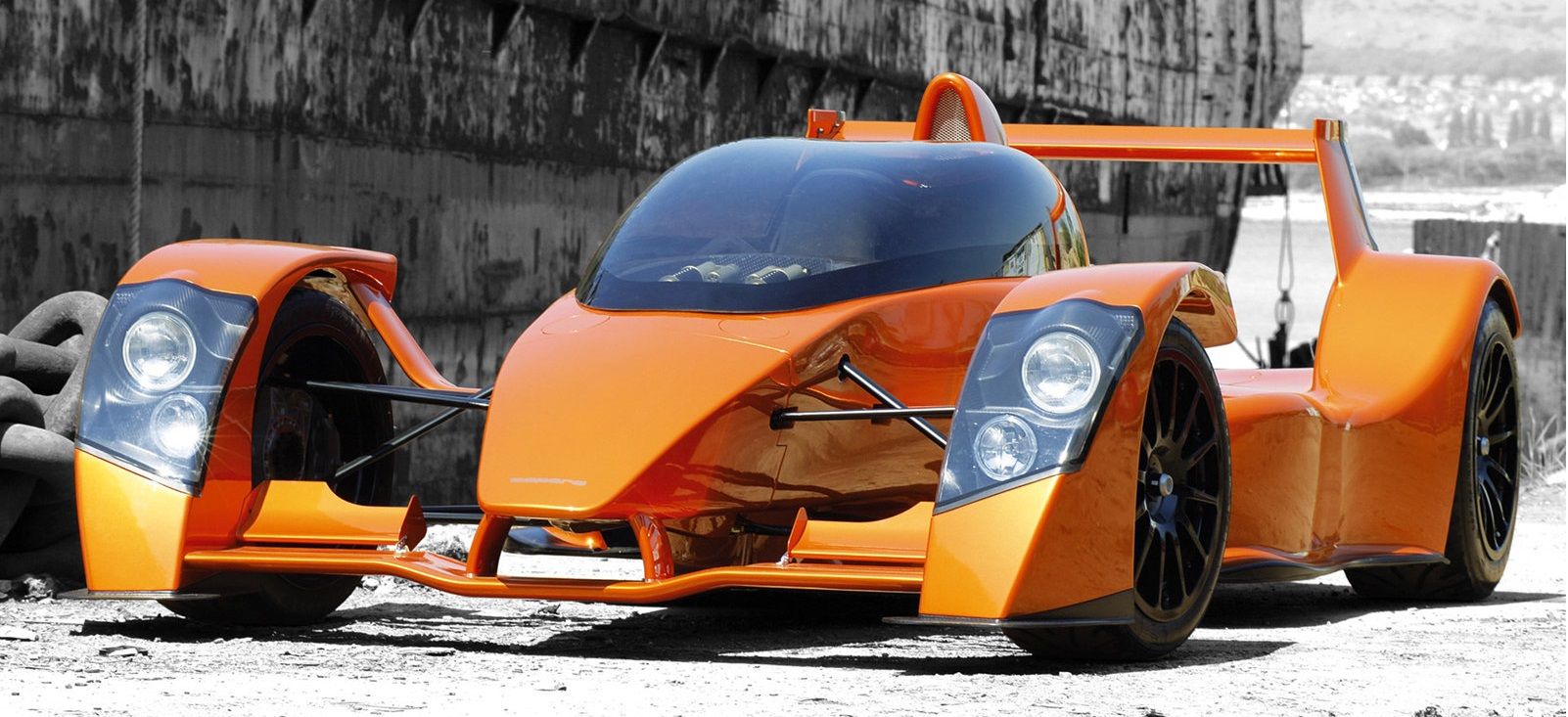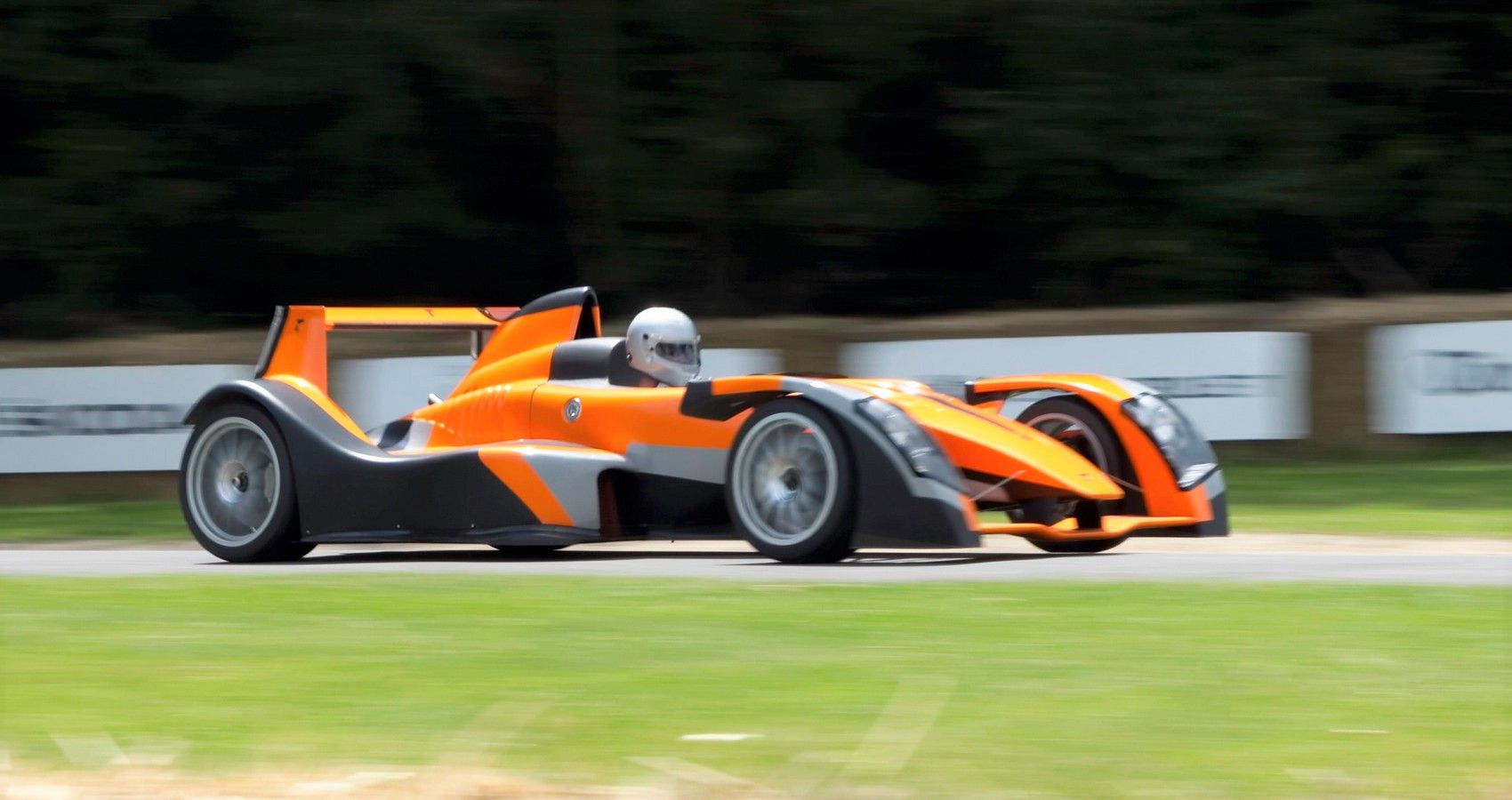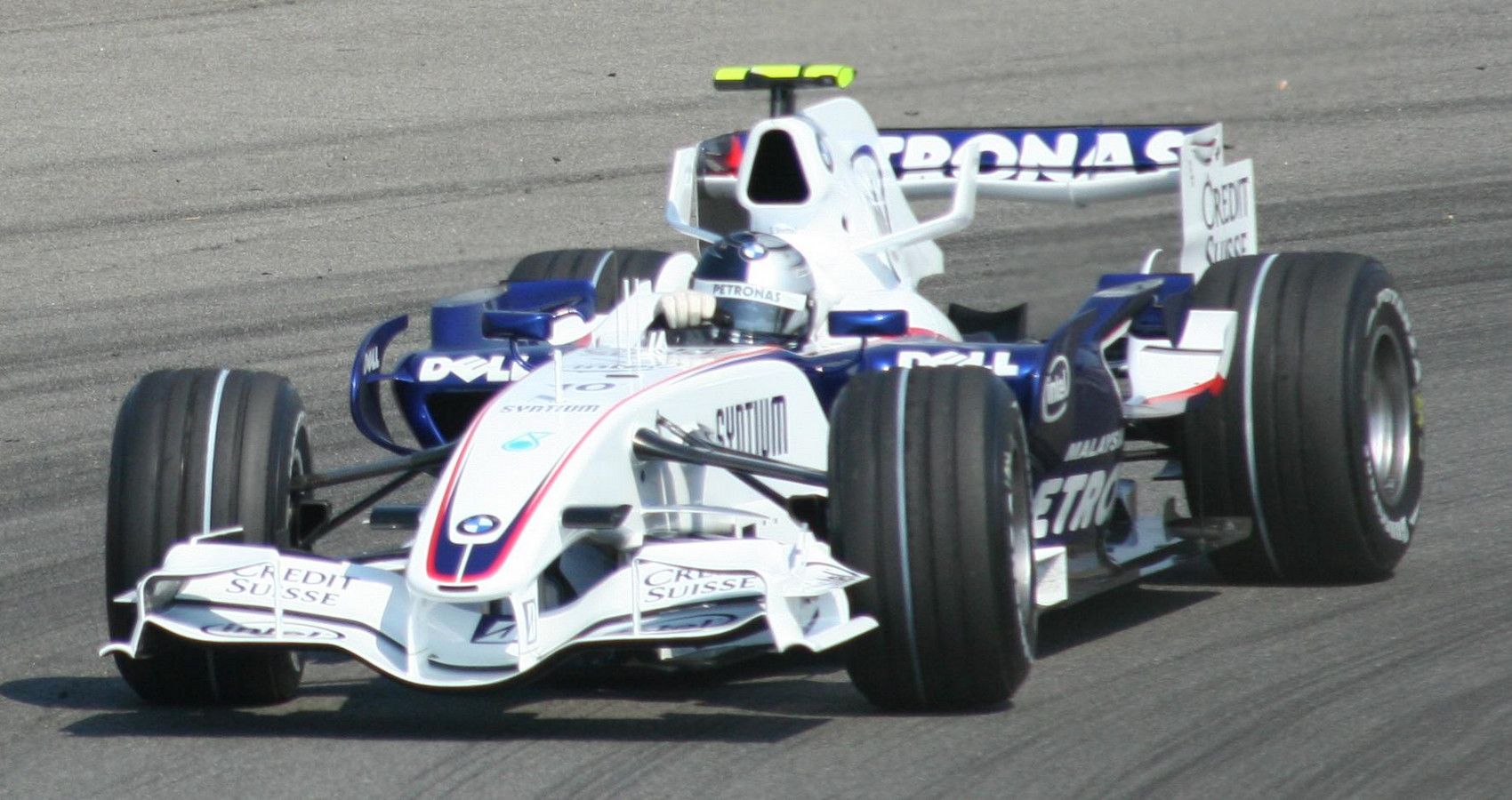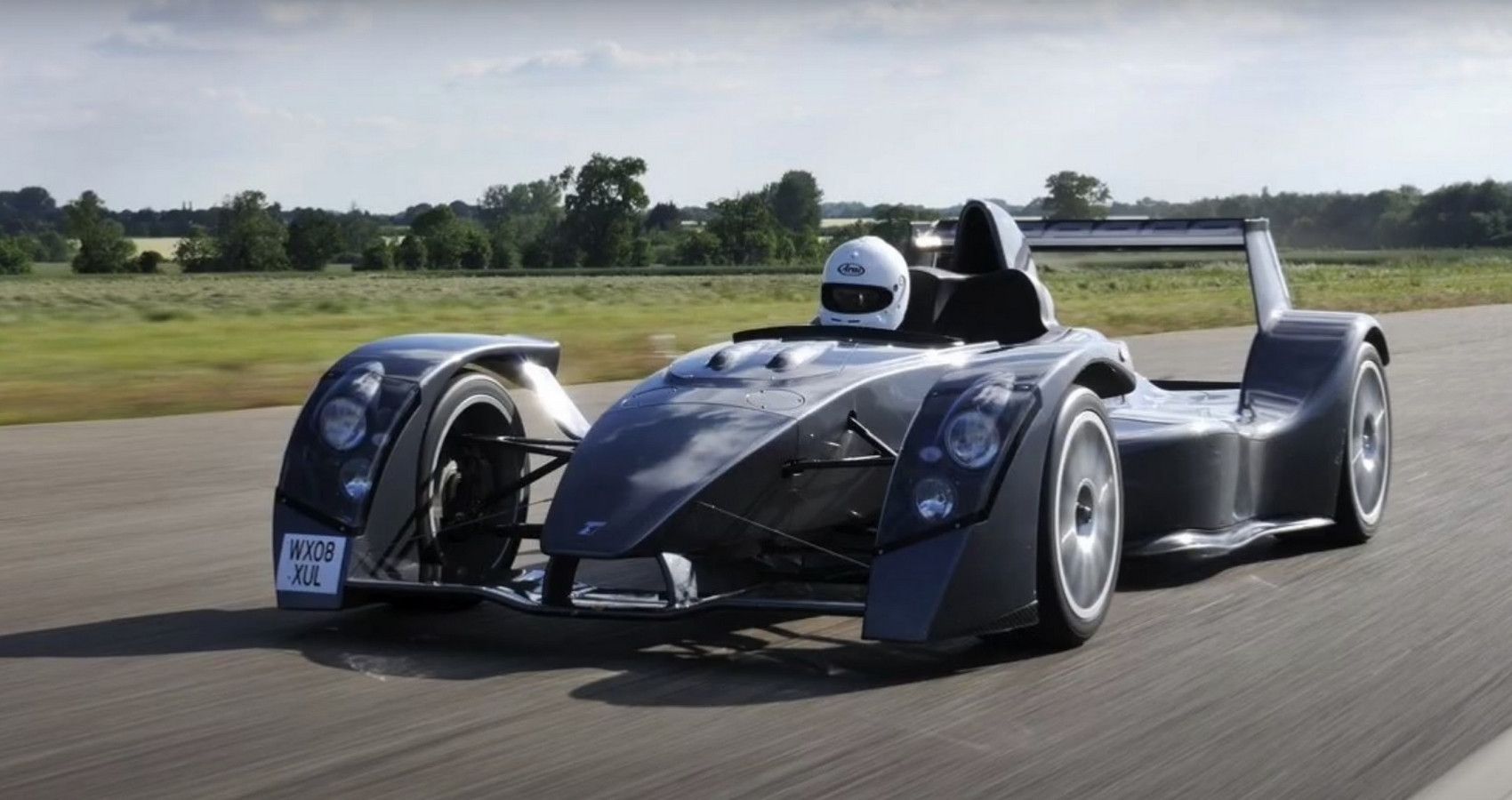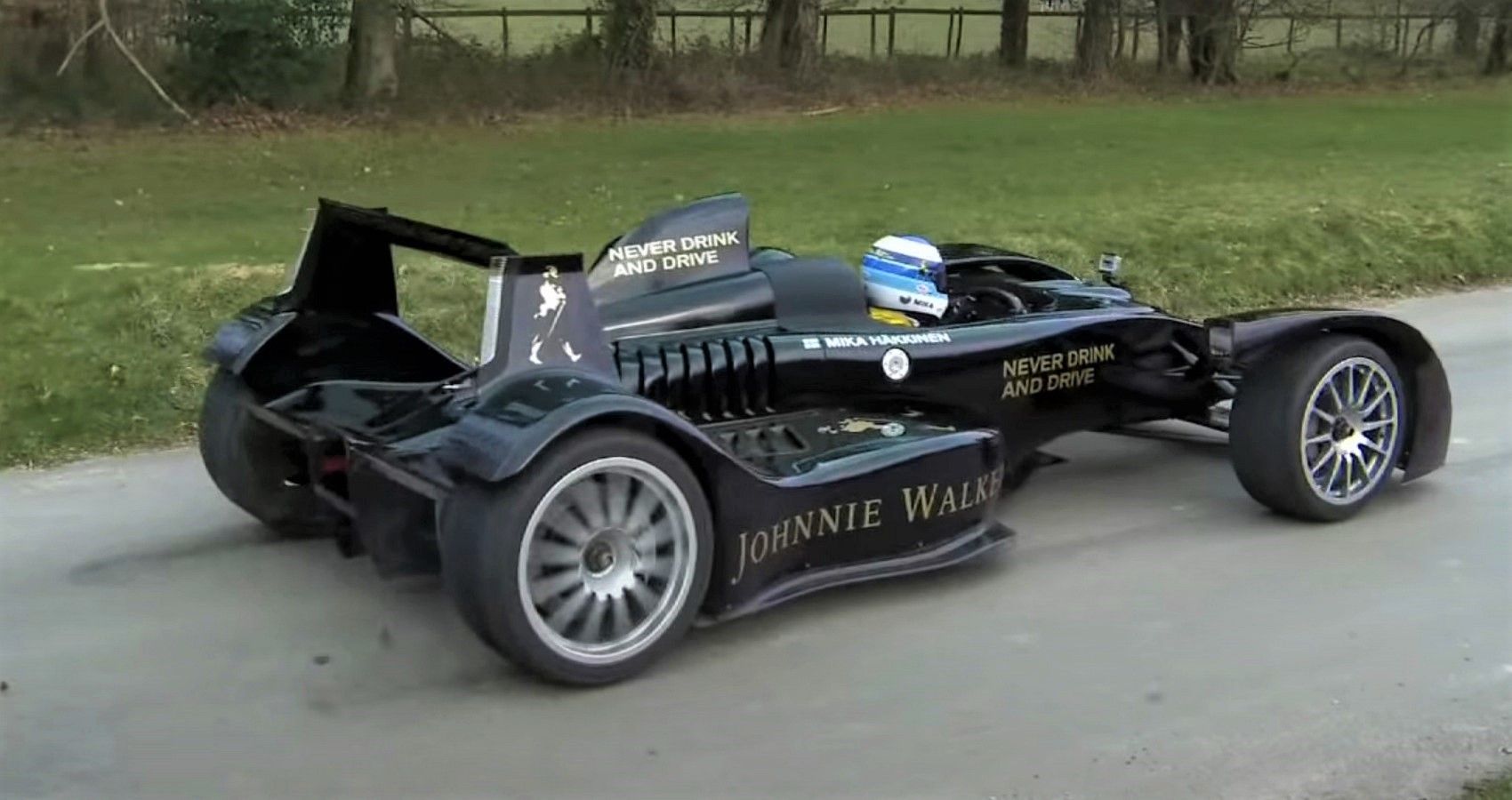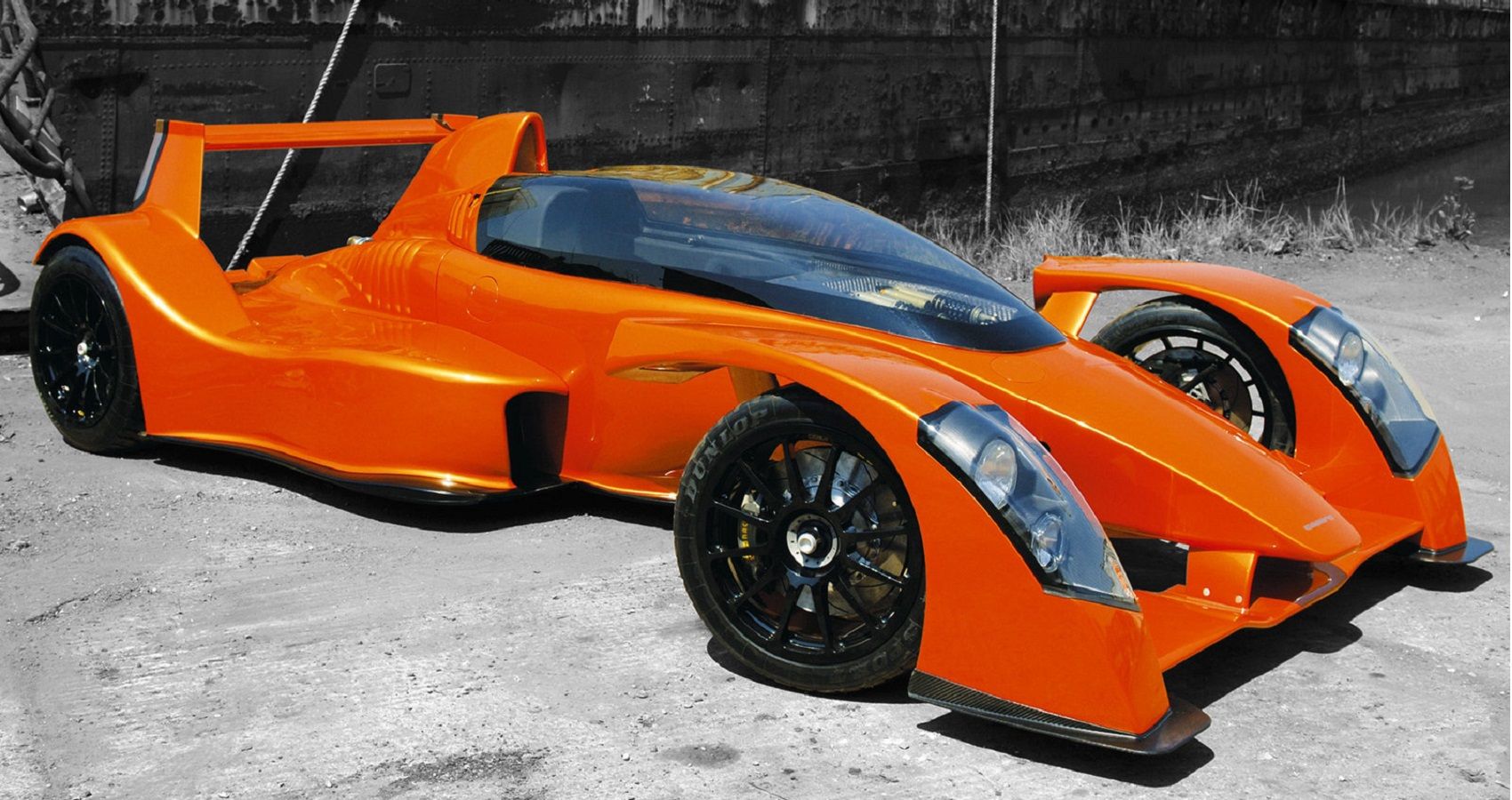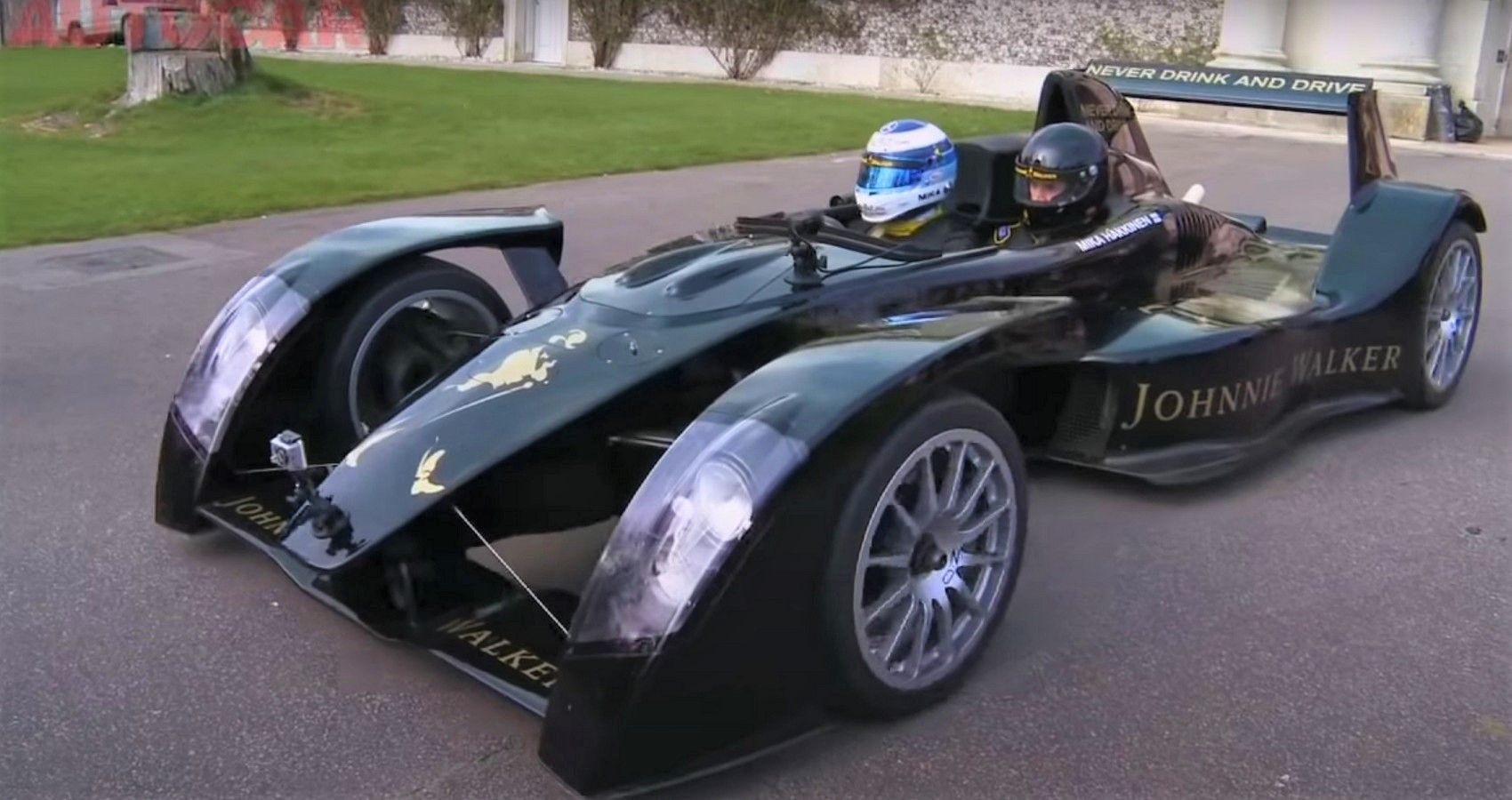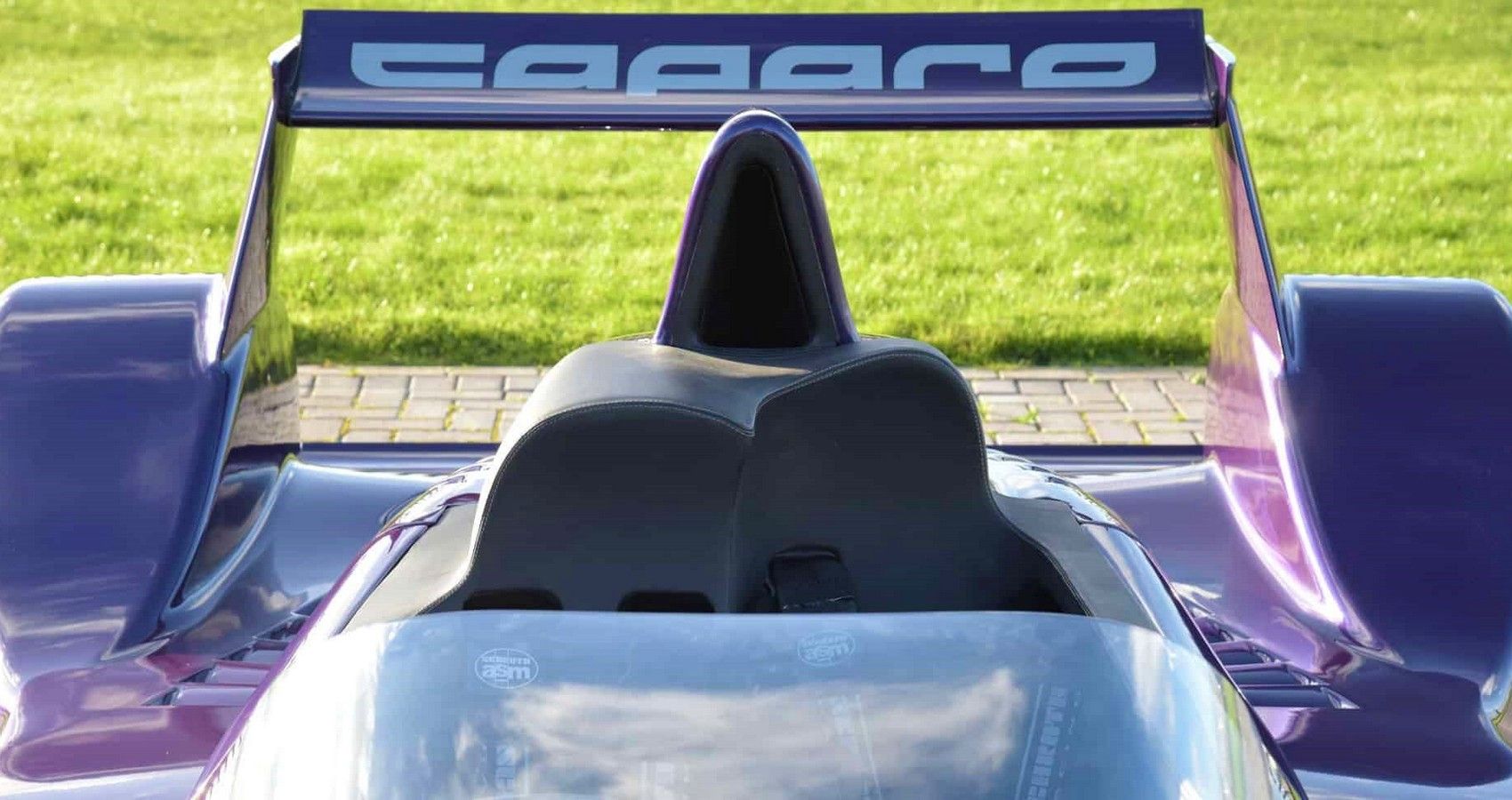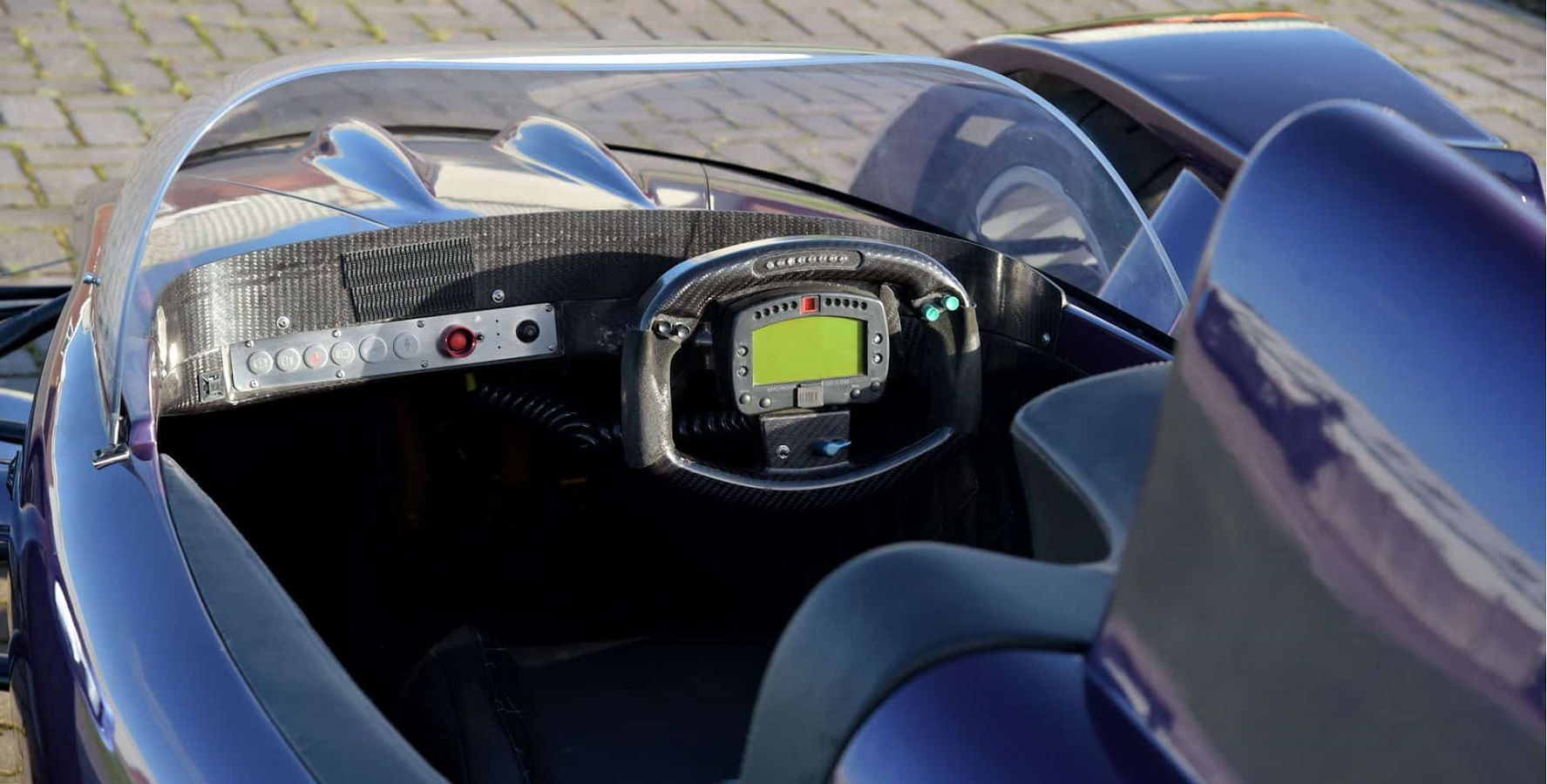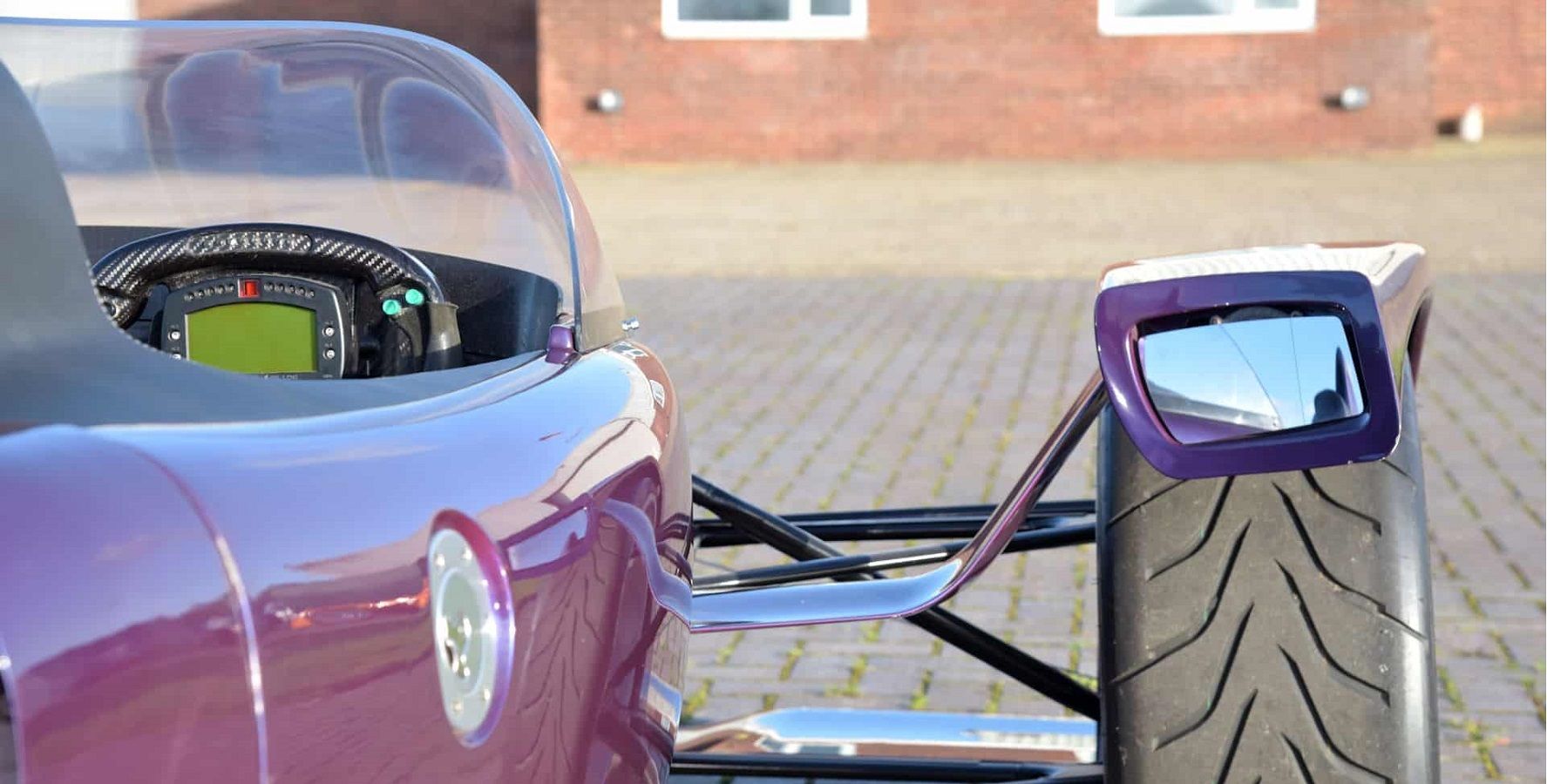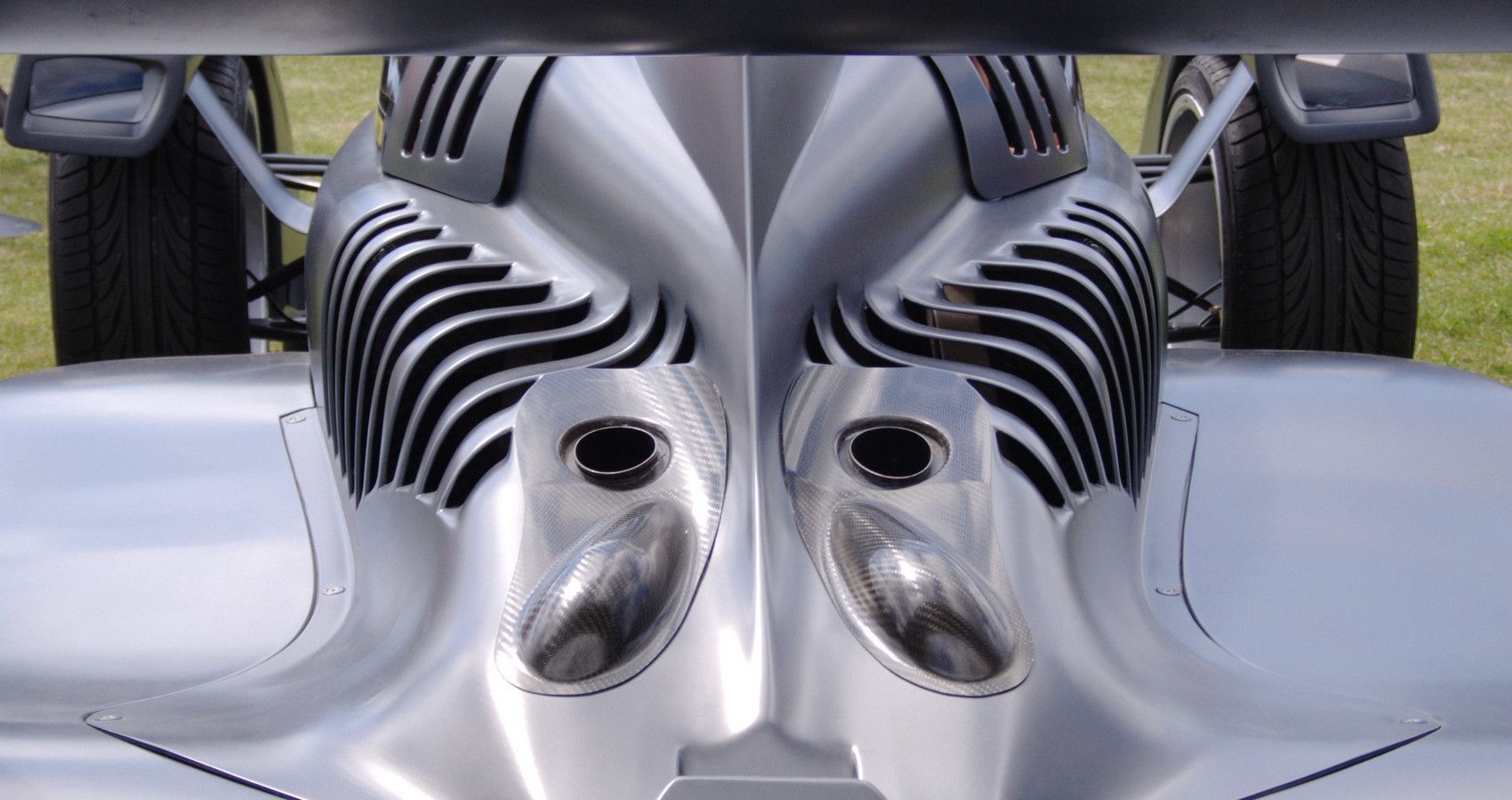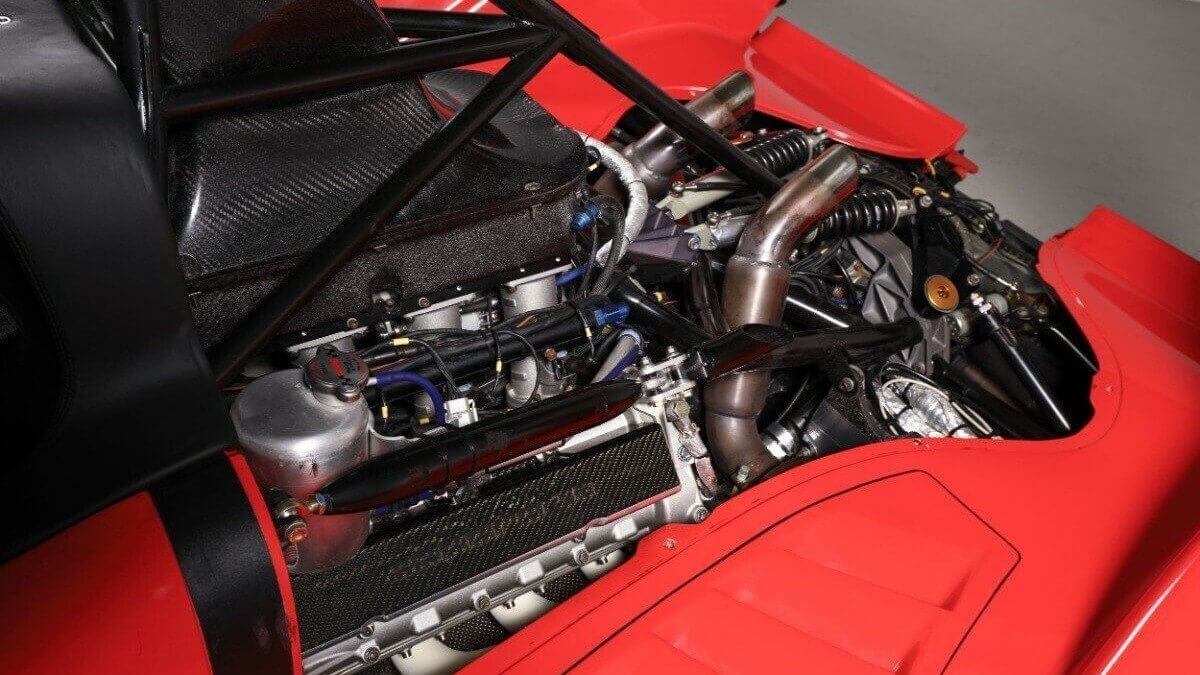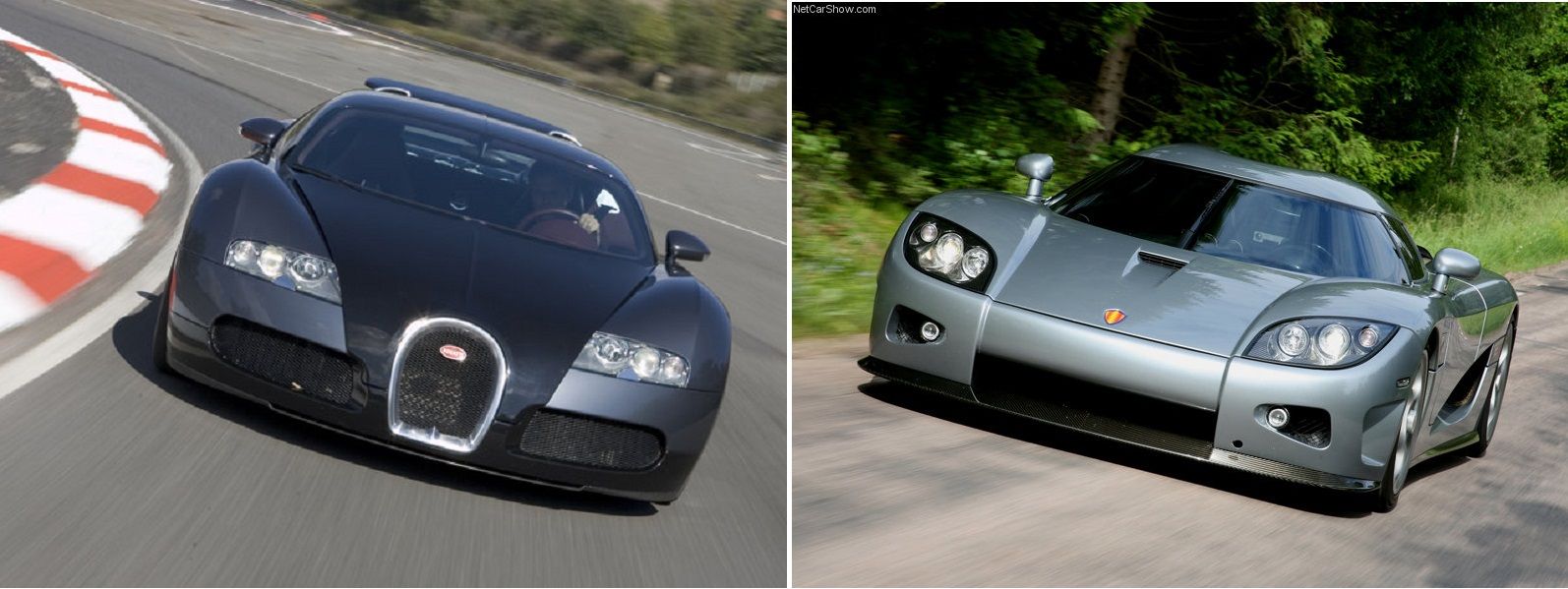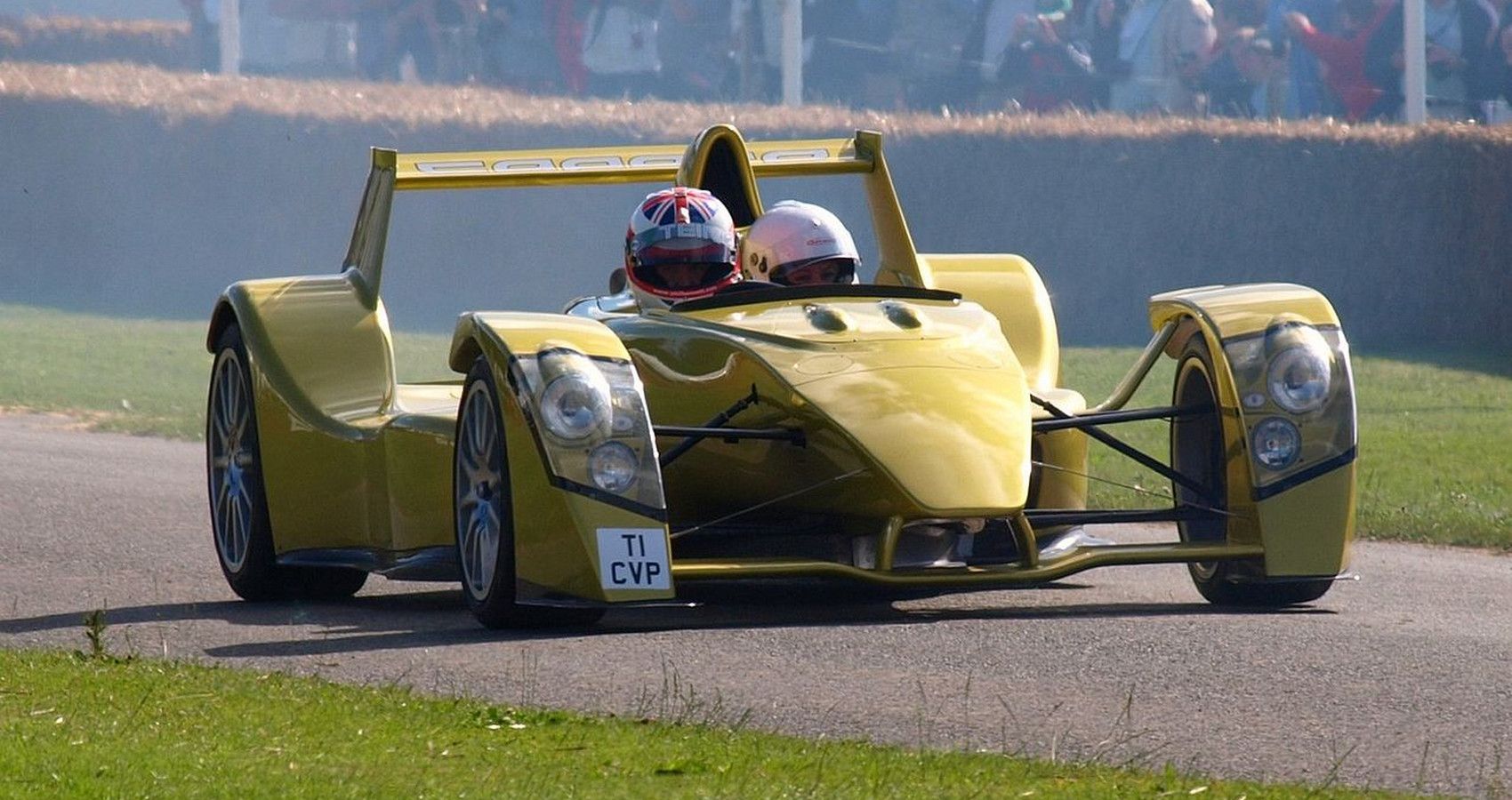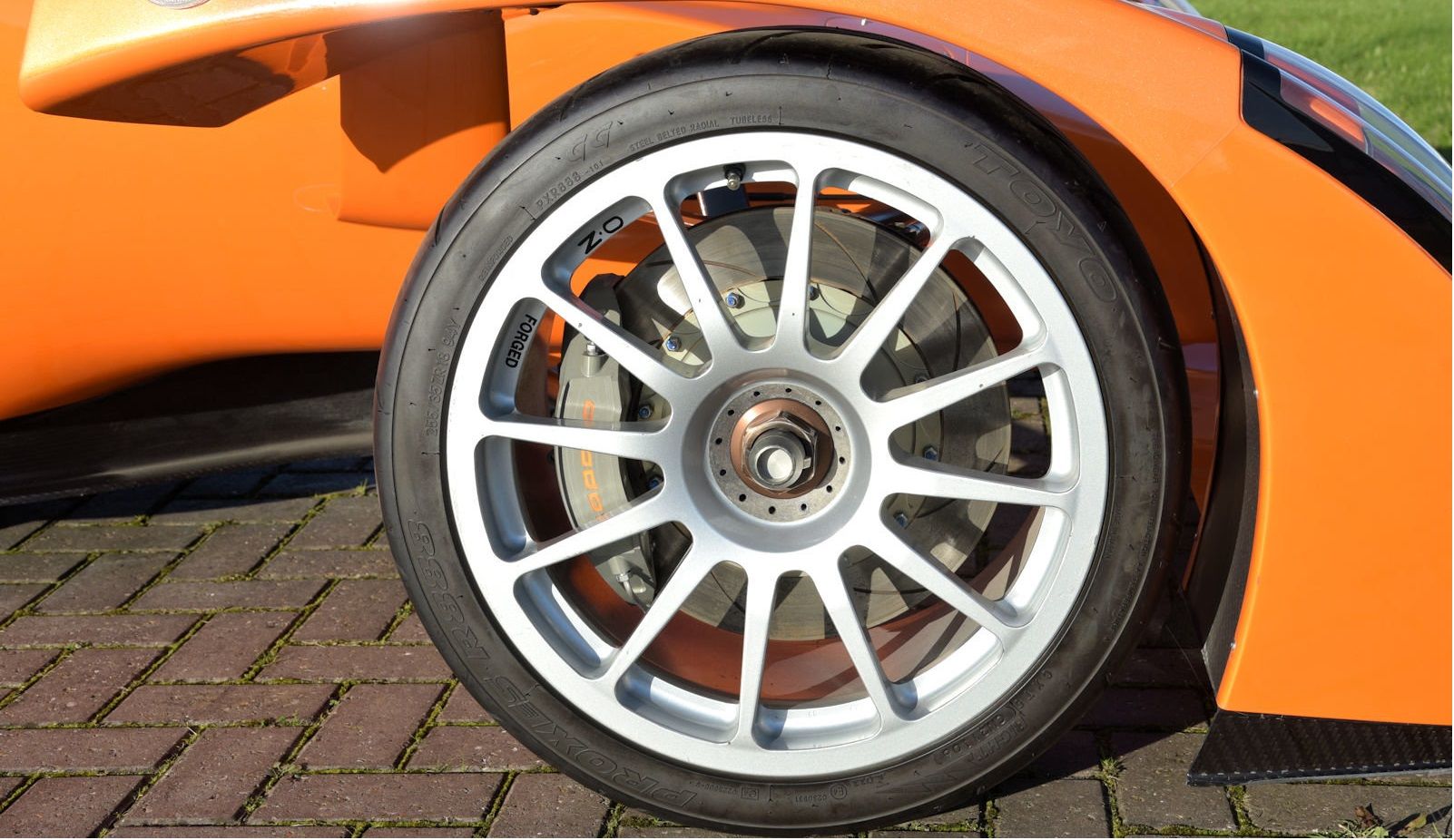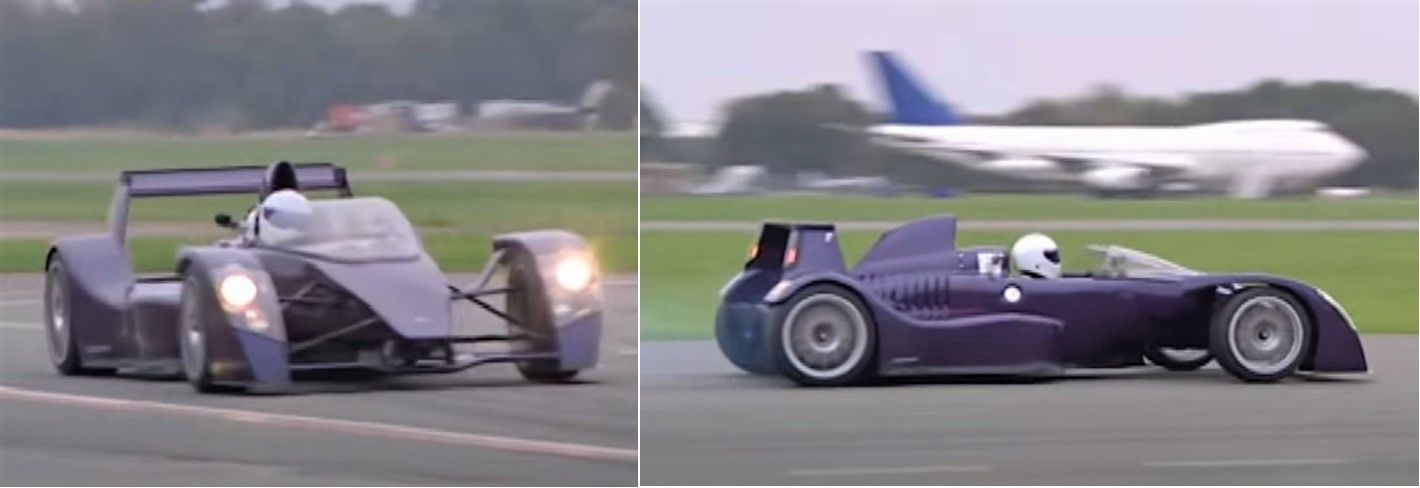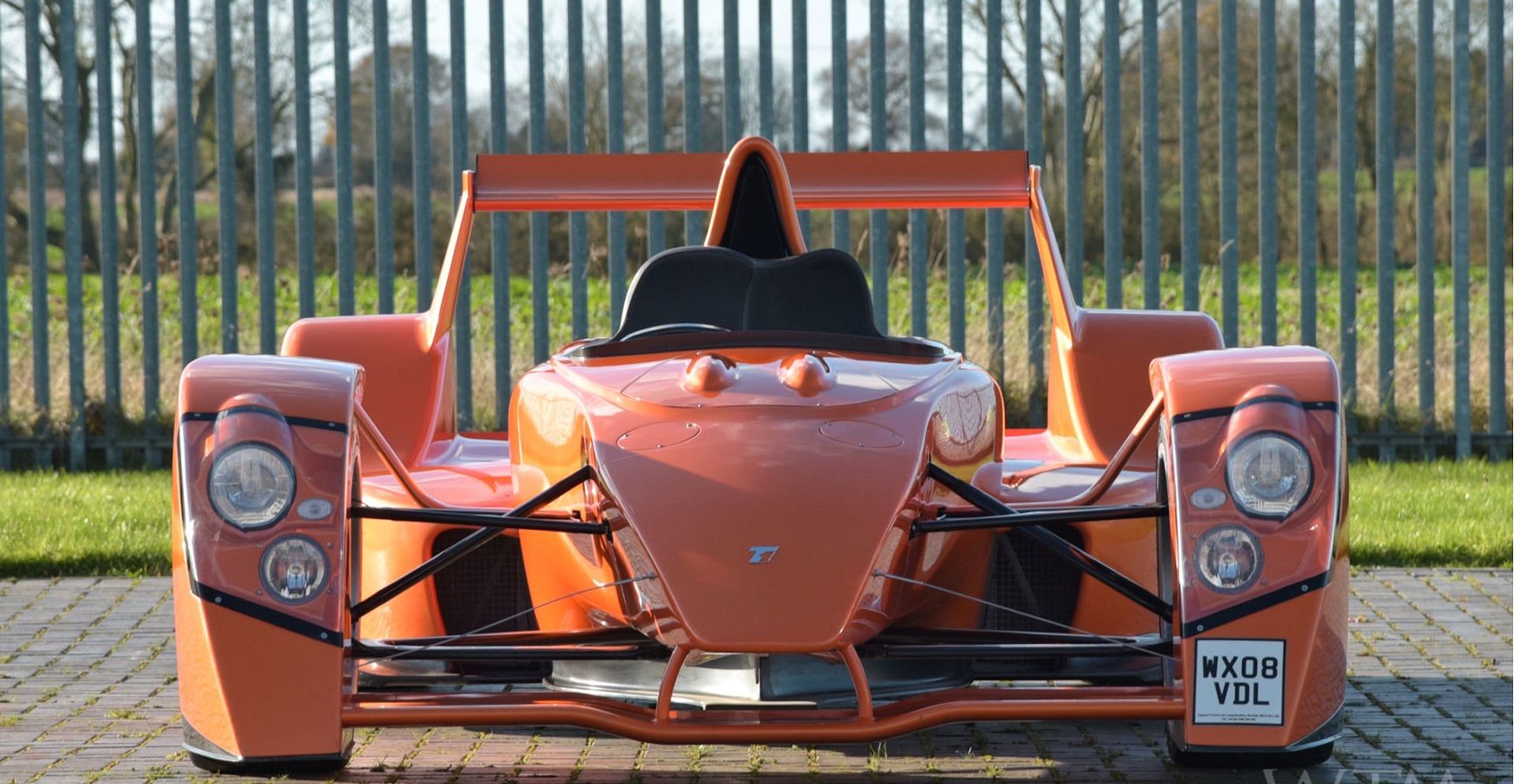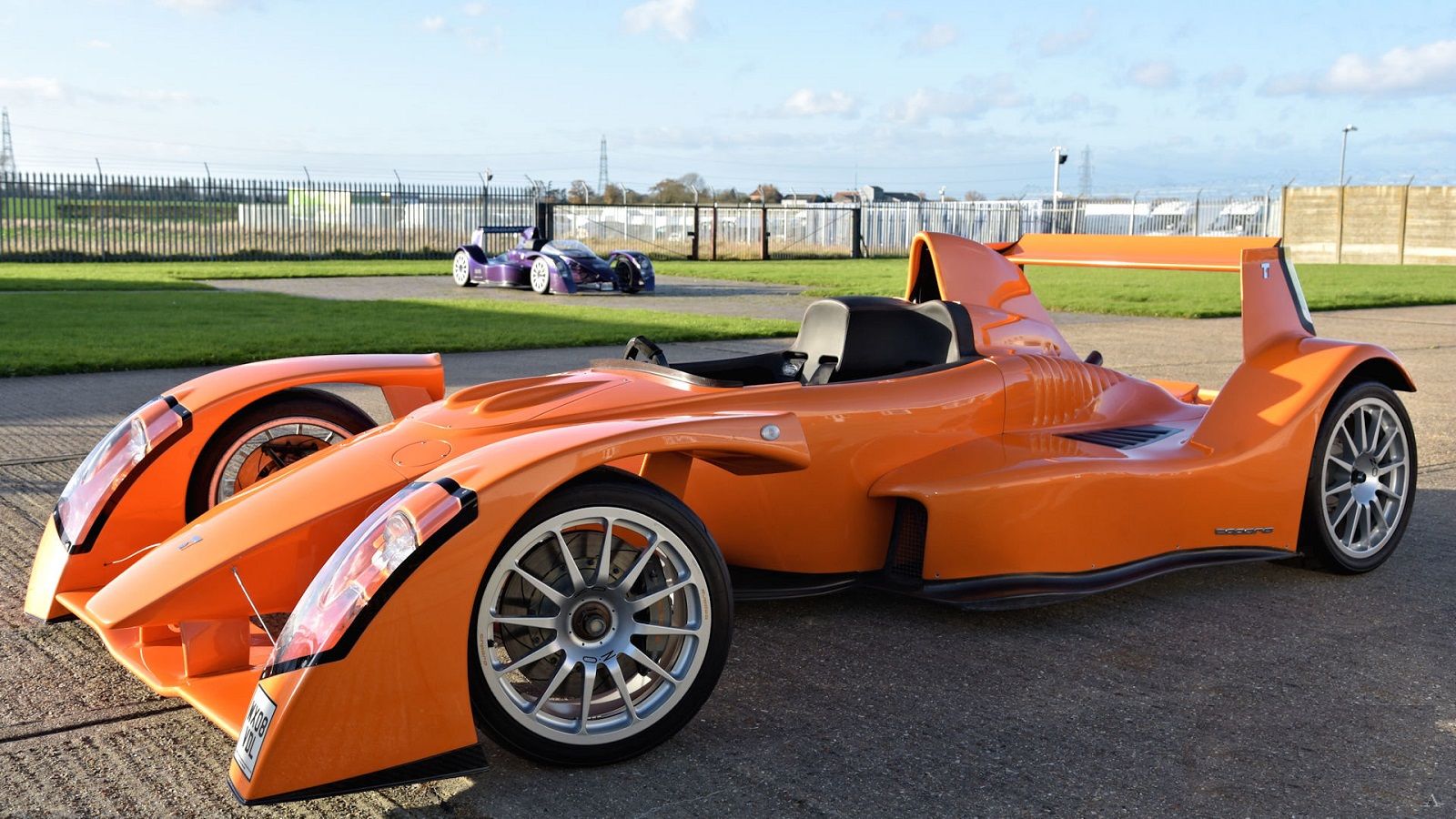One for hardcore track-day obsessed gearheads, the Caparo T1 burst onto the scene, promising F1 levels of speed and performance unavailable anywhere else.
A pure racer barely meeting road-legal certification, most of the remaining examples are registered for track use only, the T1's bare minimum bodywork and tiny size make daily road use a frightening prospect. Taking it to the track is a different story altogether, this is where the T1's race car-inspired carbon fiber tub, push-rod suspension and ferocious power delivery came into its own, going faster just isn't possible without a factory backed team behind you. Ranking alongside other supercars on paper is one thing, taking to the track and unleashing the Caparo's V8 engine is another.
Officially, the T1 never set a competive flying timed lap of the Nürburgring, nevertheless Caparo used the German Circuit for testing and development, the UK-based carmaker aiming for a low 6-minute lap time.
10 Formula 1 For The Road
The Caparo T1's unmistakable F1-esque profile was like nothing else on the road, its designers aiming to deliver a road-legal Formula 1 experience at a relatively affordable price. Like-for-like, the Caparo's F1 influences are clear to see, a long sleek monocoque design with ground force-boosting wings front and rear, only the addition of mandatory lights and wheel enclosures dilute the T1s race car origins.
In 2007, gearheads brave enough to take on the T1's uncompromising design and ferocious performance would be looking at a sticker price of $400,000. Calling it affordable is possibly a bit on the optimistic side.
9 Wings Make You Faster
When viewed from the front It's hard to miss the Caparo's grip-boosting front wing assembly, mounted F1 style from the central nose section, its endplates rising up and over the front wheels protecting the tires as well as serving as housing for the headlights. The wing itself, a fully adjustable twin-element design.
No such luxuries at the rear, instead, a single element fixed wing atop a ground effect rear diffuser keeps the rear planted. At speeds of 149 mph, it's generating a real world 875 kgs of down force, more than the T1 itself weighs. The only issue with its race-car wing set-up, you need to be going fast to gain the maximum benefits. And just for the record; no, Caparo didn't test the T1 upside down.
8 The Ultimate Lightweight Pocket Sized Sports Car
Around the same time as Caparo was ramping up production, another no-frills minimalist UK sports carmaker was treading a similar path, the Atom pared back to basics, the closest direct comparison.
In a game of top trumps, the Caparo wins in most key areas, a staggering 30% lighter, yet boasting double the power. Measured to the top of their respective engine intake boxes, the T1 is a full five inches lower at a miniscule 42-in, leaving gearheads little reason not to opt for the full fighter-jet canopy option for better protection.
7 Two-Seater Cockpit
The ultimate track tool to scare (un)fortunate passengers along for the ride, Caparo designed the T1 as a two-seater with a usual off-set seat arrangement. The driver sitting slightly ahead of the passenger seat, almost like a power-crazed chauffeur.
As much as we like the idea of a personal 200 mph chauffeur-driven supercar, the quirky cockpit layout is to do with minimizing the T1's overall girth. By placing the second seat slight further back, Caparo were able to squeeze two full size seats in a narrower monocoque.
6 Caparo Doesn't Do Luxury
Any gearhead climbing over the high-sided carbon-fiber monocoque safety cell is in for a shock, Caparo taking spartan to another level entirely. Aside from the aforementioned seats and six-point harness system, there is little in the way of creature comforts.
Ahead of the passenger/driver, a minimalist carbon dashboard featuring the bare essentials. Everything else related to the T1's operation is viewed from a small steering-wheel mounted LCD and data-logger. However, Caparo did make some concessions for safety, the cockpit safety cell containing a fire-retardent system and roll-over hoop just in case.
5 The Business End
The T1's coke-bottle profile bodywork tapers towards the business end, topped with a neat figure hugging engine cover complete with vents and twin exhausts is all other gearheads will see, briefly.
Rather than build their own engine, Caparo instead turned to US-based Menard and its existing raced tuned Buick V8. Weighing in at 116 kgs, the 3.5-liter naturally aspirated V8 produced up to 620 hp on pump gas, with a potential of 700 hp running race-spec ethanol. With drive to rear axle via a 6-speed Hewland sequential transmission. The drive train alone, accounting for a quarter of the T1s total curb weight.
4 Fastest Production Car Claims
The fastest production car is a contentious one at best, however in 2007, with a top speed of 205 mph, the T1 rocketing to 60 mph in 2.5-seconds was big news. Here was a low volume, upstart sports carmaker upstaging established brands. The T1 might not have boasted the highest top speed, but in a sprint race, you'd need deep pockets and a lot more power to keep up.
Getting close, the Bugatti Veyron, a tenth down, requiring 1000 hp to stay within visual range, with Koenigsegg's CCX a further half second adrift. These awesome supercars, despite a huge power advantage, were slower, more expensive and critically a lot heavier than the T1's 470 kg curb weight.
3 Caparo T1 Stopping Power
Accelerating off the line with the kind of pace you would expect from a fighter jet comes as no surprise in a car boasting a power to weight ratio of 1045 per ton. Sixty flashes past in the blink of an eye, the T1 passing 100 mph in 4.9-seconds.
Insanely fast by any standards, but these numbers are nothing compared to the T1's stopping power. Step on the middle pedal at 100 mph and 3.5-seconds later you'll be at a standstill, providing you've survived the brutal organ-rearranging 3g deceleration. Surprisingly, the T1 doesn't use expensive carbon-ceramic discs, instead relying on AP Racing-sourced 355 mm steel items gripped by six-piston calipers up front, four piston items are fitted at the rear.
2 Separating Dreams From Reality
What better advertising than placing the T1 in the media, available as downloadable gaming content, putting Caparo's F1 racer for the road in the hands of millions of console touting gearheads with dreams of insane speeds. However, not wishing to promote speeds is good, Caparo even rolled out a promotional Police car paint scheme.
The reality was less rosy. Fast and agile, the Caparo might have been, but it was also a potential death trap. Top Gear, after several aborted attempts plagued with failures, achieved a lap record of 1-min 10-seconds, while less fortunate rivals Fifth Gear suffered an engine fire.
1 Fast, Rare, And A Commercial Failure
From its inception and later envisaged production launch in 2007, the Caparo T1 was one of the fastest cars on the planet. Coupled with an outrageous motorsport image, Caparo had high hopes of building and selling 25 cars per year. Ultimately, the T1 dream fell way short, a with only 15 examples completed.
A global downturn impacted sales, but the situation was made worse by a series of high-profile incidents, the T1 during media testing catching fire, Caparo's days were well and truly numbered.

